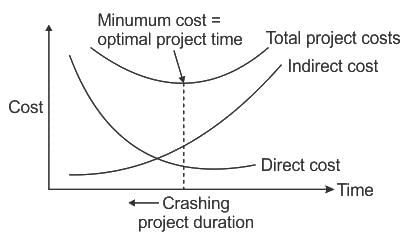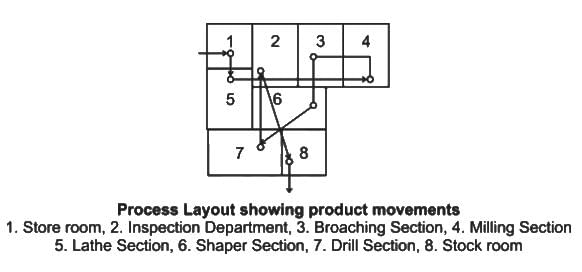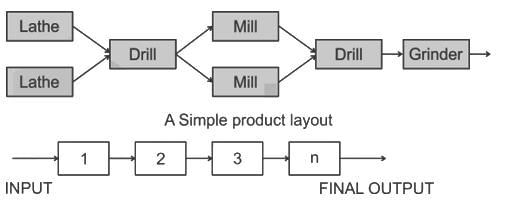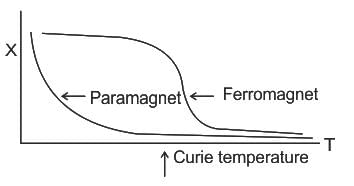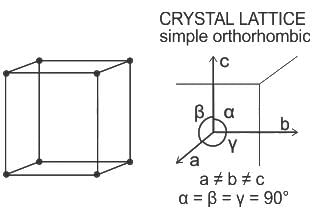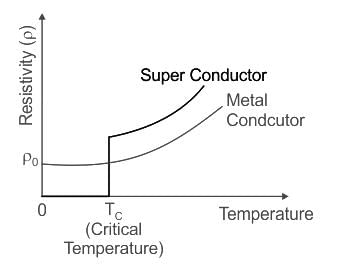Test: General Studies Engineering Aptitude - 2 - Electrical Engineering (EE) MCQ
30 Questions MCQ Test - Test: General Studies Engineering Aptitude - 2
Which of the following adds/add nitrogen to the soil?
1. Excretion of urea by animals
2. Burning of coal by man
3. Death of vegetation
Select the correct answer using the codes given below
Which of the following plants can be used as indicators of Sulphur Oxide pollution in Air?
Which of these statements is/are correct?
Consider the following statements about the Ozone:
1. It releases mainly from air-conditioning systems and refrigeration.
2. Vehicles and industries are the major source of ground-level ozone emissions.
Which of these statements is/are correct?
What is the primary factor that fuels hurricanes and typhoons?
The largest reserve of crude oil in India is found in
Consider the following coal mines of India :
1. Bokaro
2. Adilabad
3. Raniganj
4. Bishrampur
Select the correct sequence of the above from east to west.
Which of the following is NOT a result of global warming?
A project's environmental impact is measured by:
Which of the following is not one of the United Nations' Sustainable Development Goals?
The application of Special purpose material handling equipment is:
The market price per share of a company is Rs. 125. The dividend per share (DPS) is Rs 12 and DPS is expected to grow at a constant rate of 8% per annum. The cost of the equity capital to company will be
Which of the following is not a part of the quantitative approach for forecasting?
The following are the six phases of project management. Arrange them in a correct sequence.
1. Design phase
2. Initiation phase
3. Definition phase
4. Follow-up phase
5. Implementation phase
6. Development phase
Consider the following statements related to Project Phases:
1. In sequential relationship next phase can start if and only if previous phase is complete.
2. Sequential relationship allows a project manager to reduce the project completion time.
3. In overlapping phase relationship next phase can begin before the completion of previous phase.
4. Overlapping phase is a risk free phase as all phase can be work independently.
Which of the following statements are correct?
CPM method of network analysis is:
- Ideally suited for linearly extending works
- Meant essentially for research and development activities
- Activity oriented
- Used for planning, scheduling and controlling the project purposes
The best tool to ensure that there is neither piling up of stocks nor shortage of materials in a project to run it economically is
The audit report of evaluation should contain at least the current status of the project and ______
Which of the following statements is/are correct for the Detailed Project Report (DPR)
Which of the following statements concerning a Gantt chart is true?
To increase the corrosion resistance of steel
When a ferromagnetic material is heated above the curie temperature, it becomes:
The unit cell of a certain type of crystal is defined by three vectors a, b and c. The vectors are mutually perpendicular, but a ≠ b ≠ c. The crystal structure is
The part of ship that always remains under water _________.
Direction: The following question consists of two statements, one labeled as the 'Statement (I)' and the other as 'Statement (II)'. Examine these two statements carefully and select the correct answer.
Statement-I: The dimension of nanomaterial is comparable to the wavelength of the photon.
Statement-II: Randomly moving electron gets confined to a specific energy level.
Consider the following statements:
1. Metal conductors have more R(resistance) at higher temperatures.
2. Tungsten can be used as a resistance wire.
3. A superconductive material is one that has practically zero resistance.
Which of the above statements are correct?
Which one of the following is not a Network Topology?



